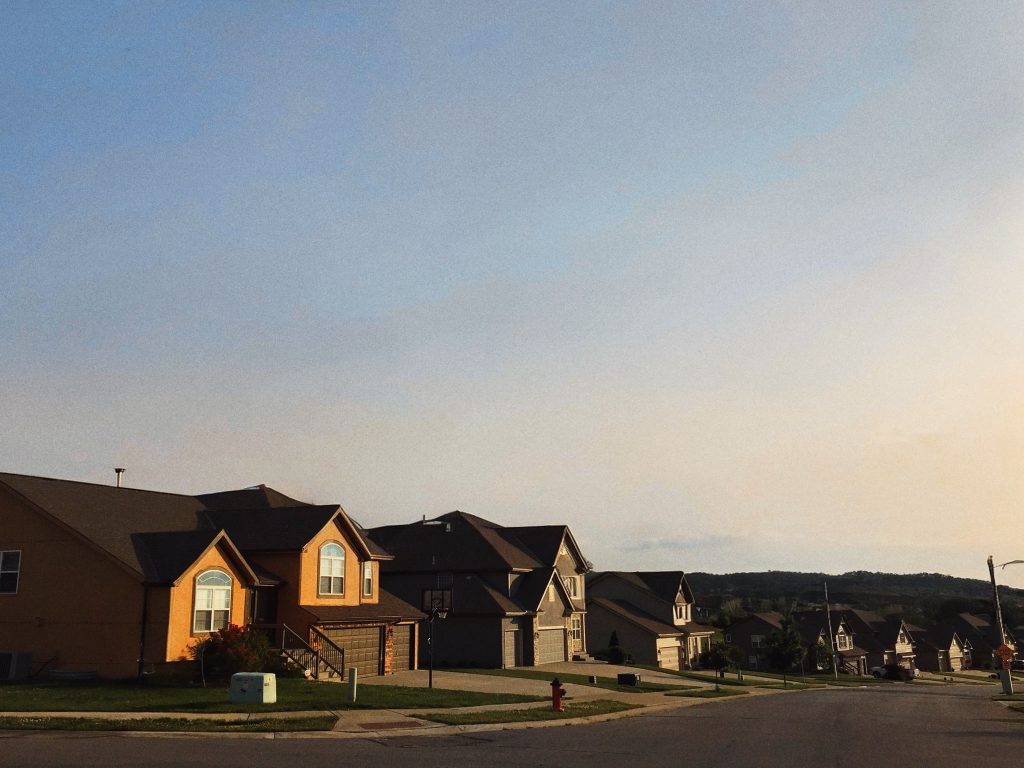Spring is the housing market’s busiest season. Winter is over, buyers are active, and the timing is right to make a move. Naturally, the increased activity typically leads to a bump in home prices. This year was no different. But while prices benefited from the typical seasonal pattern, they’re still slowing, according to new data from the S&P Case-Shiller Home Price Indices. The index – considered among the leading measures of U.S. home prices – found national home prices up just 3.4 percent year-over-year. Nicholas Godec, head of fixed income tradables and commodities at S&P Dow Jones Indices, says the price pattern is cooling. “The National Composite Home Price Index posted a 3.4 percent annual gain in March 2025, down from February’s 4.0 percent pace,†Godec said. “Notably, only 0.9 percent of that year-over-year increase came from the past six months, indicating that most appreciation was front-loaded earlier in the year-long period.†In other words, home prices are still increasing, but those increases are becoming smaller as time goes on and the housing market finds better balance. (source)












